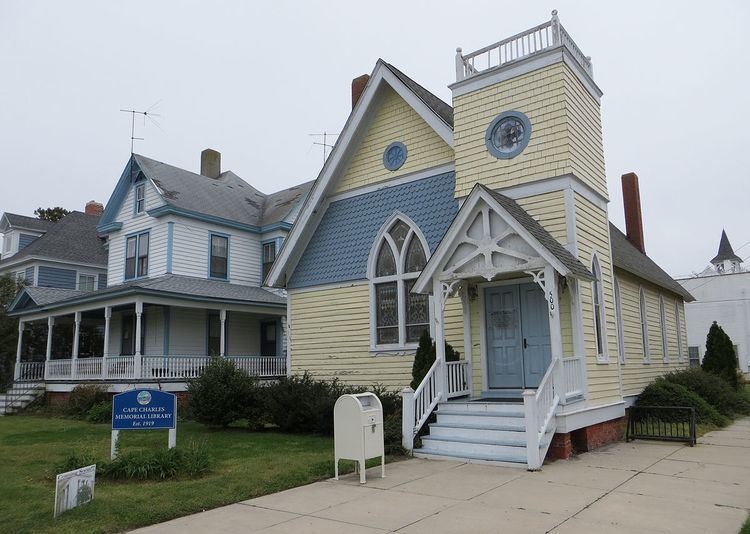NRHP Reference # 90002122 Designated VLR August 15, 1989 Year built 1883 | VLR # 182-0002 Area 62 ha Added to NRHP 3 January 1991 | |
 | ||
Architectural style Late 19th And 20th Century Revivals, Bungalow/craftsman, Late Victorian Address Cape Charles, VA 23310, USA | ||
Cape charles historic district review board meeting
Cape Charles Historic District is a national historic district located at Cape Charles, Northampton County, Virginia. Pennsylvania politician, businessman and horse afficianado William Lawrence Scott caused Pocomoke City, Maryland engineer Robert Bauman to lay out a town at the southern terminus of his New York, Philadelphia and Norfolk Railroad, which was constructed in the 1880s, and allowed agricultural produce and goods from the Delmarva Peninsula to be shipped across the Chesapeake Bay much more economically than previously. The town grew as the railroad brought passengers and freight, but stagnated after World War II and especially after passenger rail service ended in 1958. Ferry service also ended about three decades ago.
The district encompasses 526 contributing buildings and 3 contributing structures in the town of Cape Charles. The buildings relate to the town's development as a harbor and railroad town in the late-19th and early-20th century. Notable buildings include the Seafood Headquarters (c. 1886), McCrory's Store annex (c. 1900), Mitchell House, Jack Moore House (c. 1910), A. L. Detwiler House (1919), Kellogg House (1924), Mumford Bank (c. 1895), Parsons Building, Watson's Hardware, Mack Building, Palace Theatre, Municipal Building, St. Stephen's African Methodist Episcopal Church (1885, 1912), St. Charles Roman Catholic Church (1889), Trinity United Methodist Church (1893), the former Presbyterian church (1902, Cape Charles Memorial Library), First Presbyterian Church (1926), and U.S. Post Office (1932).
It was listed on the National Register of Historic Places in 1991.
